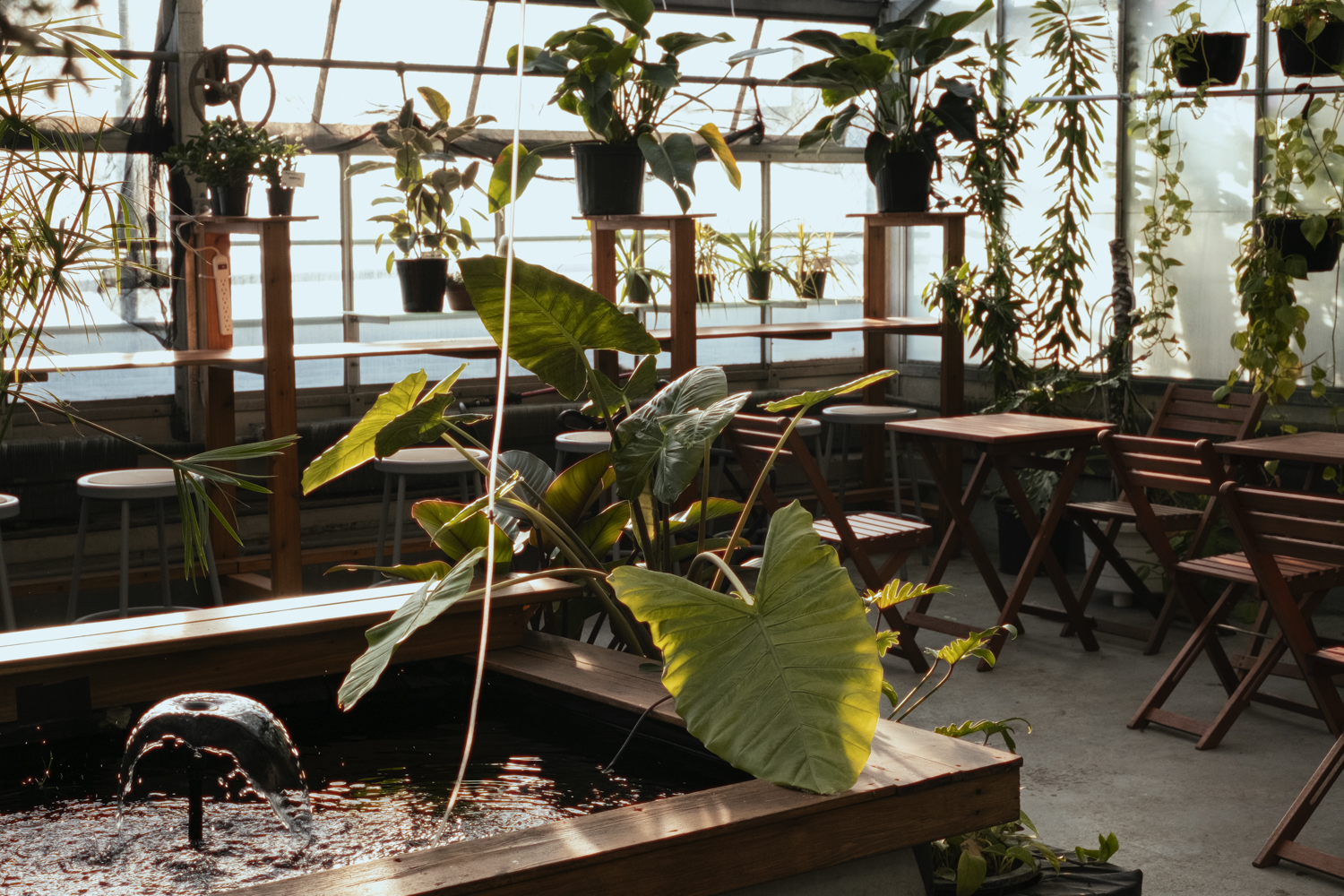The 13th floor: a little hidden gem of paradise.
Did you know that Concordia University has its very own greenhouse? It was opened in 1966 when the Hall Building was built.
This hidden gem located at the downtown campus is a little hard to find at first. But once you start seeing the painted plants on the walls of the stairwell leading you up to the 13th floor, you’ll know you are going in the right direction
Dominique Smith, the outreach and communications coordinator of the Greenhouse, gave The Concordian all the ins and outs of this space.
“I became the outreach coordinator a couple of months ago. The Greenhouse is a collection of different working groups that make up the community. Essentially, we are the people who create the agriculture community through workshops, volunteer hours and the staff that upkeeps the space,” Smith said.
He explained that his job at the Greenhouse is to work with all the different working groups that occupy the space, those groups being HydroFlora, Co-Op CultivAction, City Farm School and more.
Smith is also working on creating a vlog to explain the projects of those working groups, almost like a farmer’s almanac.
Smith emphasized that The Greenhouse as a whole is a collective space.
The staff at the Greenhouse, in partnership with HydroFlora, have brought back the Greenhouse to its pre-pandemic state.
“We came together to revamp the atrium spaces. So you have the front atrium which has always been available for students to rent or study in. Now we have a pond room that students are able to rent or study in as well,” Smith explained.
Smith explained how the layout of the Greenhouse is organized.
If one walks to the back of the Greenhouse, they can see all the sections where the different working groups such as CultivAction grow food for the HIVE cafes at Concordia University.
HydroFlora is the working group that helps maintain the house plants in the Greenhouse. They also give classes and provide students with job opportunities.
Not only is the Greenhouse a collective space for the working groups, it’s also a space to give workshops and classes.
“All these different working groups try to give students here at Concordia an entrance into the agricultural world. Sometimes it’s hard being high up and technically kind of far away from the ground floor,” Smith said.
Although the Greenhouse is a great initiative at Concordia, Smith stressed that the space is very finite and can’t accommodate a lot of people at once.
So if you are at the downtown campus, feel free to give the Greenhouse a visit but make sure not to take too many friends with you or else you won’t be able to get a seat.
Photographs by Thomas Vaillancourt/THE CONCORDIAN
